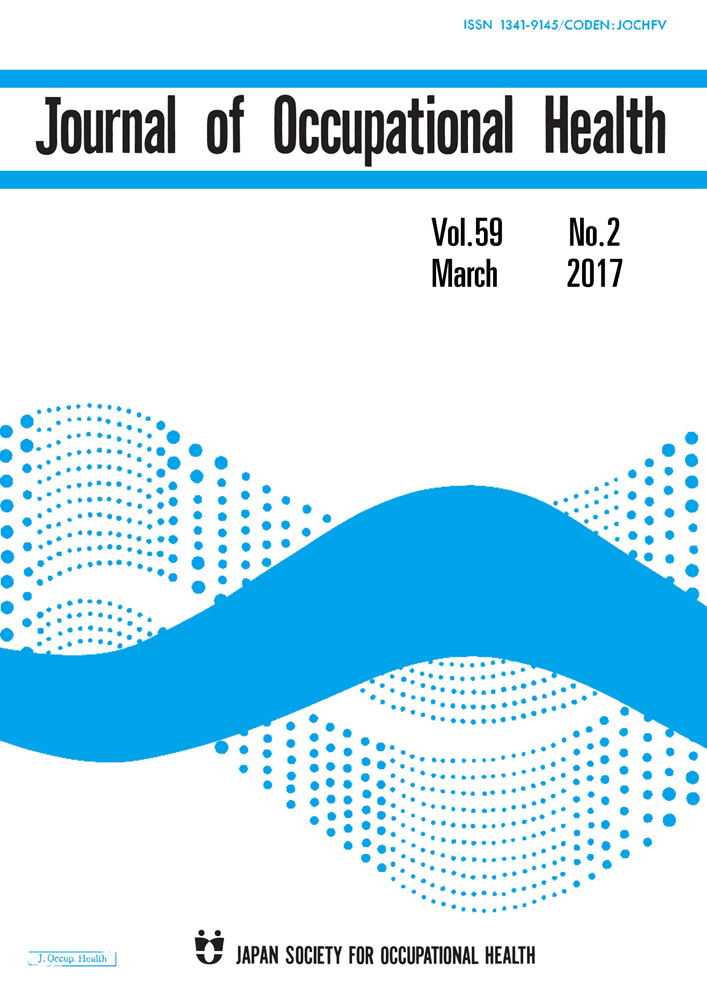Association of health symptoms with low-level exposure to organophosphates, DNA damage, AChE activity, and occupational knowledge and practice among rice, corn, and double-crop farmers
Abstract
Objectives
This study aims to determine (1) total dialkylphosphate (ΣDAP) levels, occupational knowledge and practice, DNA damage, AChE activity, and health symptoms in rice, corn, and double-crop farmers; (2) the association of health symptoms with ΣDAP levels, occupational knowledge and practice, DNA damage, and AChE activity in farmers; and (3) the prevalence of health symptoms between farmers and nonfarmers.
Methods
A cross-sectional study was conducted by interviewing as well as analyzing urine and blood samples during July to August 2014.
Results
There were no differences in ΣDAP levels, AChE activity, and occupational knowledge and practice scores among all farmer groups. In terms of health symptoms related to ΣDAP, AChE activity, DNA damage, and occupational knowledge and practice, pesticide-related symptoms were determined, including breathlessness, chest pain, dry throat, numbness, muscle weakness, cramp, headache, dizziness, eye irritation, white/red rash, and white/red pimple, which were classified as respiratory, muscle, nervous, and epithelial symptoms. A remarkable finding was that farmers had a significantly higher prevalence of muscle weakness (odds ratio (OR)=3.79) and numbness (OR=3.45) as compared with non-farmers.
Conclusion
Our findings, therefore, suggest that a long-term lowlevel exposure to organophosphates (OPs) may be associated with an increasing prevalence of muscle symptoms. However, a further cohort study incorporating sensitive health outcomes and measurement of multiple pesticides monitoring on a larger scale is warranted.




